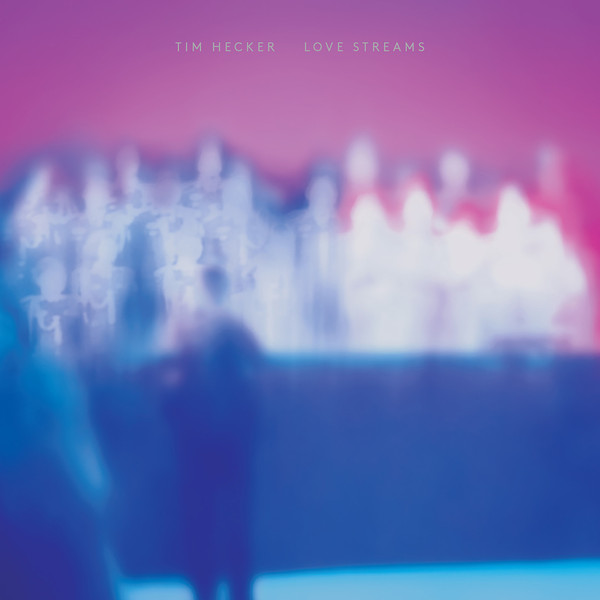I am forgetting my adolescence. I still remember certain phrases said to me underneath high school bleachers. But faces and places are now simple smudges. Important details have been lost.
Ambient music tends to deal with this sort of dissolution. William Basinski’s The Disintegration Loops, the Caretaker’s An Empty Bliss Beyond this World, and Mark Van Hoen’s The Revenant Diary all offer listeners with the sounds of the past being lost. For instance, The Disintegration Loops is composed of deteriorating tape loops recorded during Basinski’s own youth. As each track is gradually drowned out by static, previously sharp melodic elements become echoes. Familiar forms vanish.
Tim Hecker’s newest release, Love Streams, can be viewed as a spiritual companion to The Disintegration Loops. Both Hecker and Basinski have one foot firmly wedged in the past. But while Basinski toys with something from his own youth, Hecker looks back to 15th century Iceland. Love Streams not only utilizes a full choir and an Icelandic woodwind ensemble, but was also recorded in a church-cum-studio in Reykjavik. This fascination with classical arrangements, churches, and frozen island nations is nothing new to Hecker. Both of his previous releases (Ravedeath 1972 and Virgins) saw the use of Icelandic church-studios, pipe organs and antiquated string ensembles.
The Disintegration Loops leaves the listener melancholic and self-reflective, but Hecker aims to disquiet. In Love Streams, the deterioration of memory is something other than nostalgia. Classical instrumentation and musical structure do not linger, but are re-appropriated. Love Streams’ opener, “Obsidian Counterpart,” begins with a lush arrangement of flutes. The repetition of notes breeds a sense of calm, while the flutes are pleasant and familiar. But an alien throbbing erodes this serenity. The original melody becomes a component of something large, multifaceted and modern, another tone in a mishmash of synth and bass beats. By the end of the song, the flutes seem wholly new. Their original context as a classical, familiar instrument is lost. Similarly, the choir in “Violet Monument Pt 1” sounds nothing like a choir. It is neither soothing nor angelic. The choir is a jutting oddity; an almost robotic presence far removed from its roots in worship.
Through the warping of classical elements, Hecker illustrates the fluidity between the past and the present. Memory will decay; the past will become distant. But continuation is assured: elements of the past will be absorbed. Unlike Basinski, things do not linger. For Hecker, nothing fades away.


